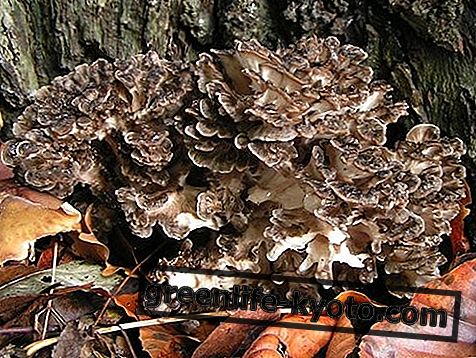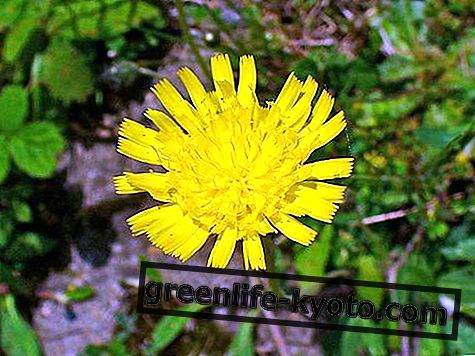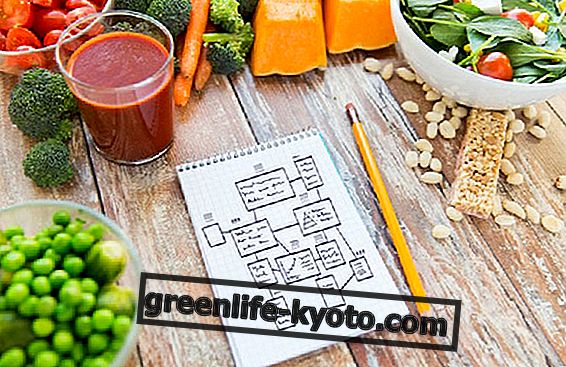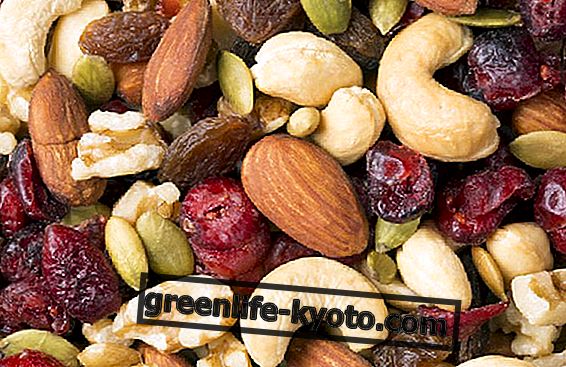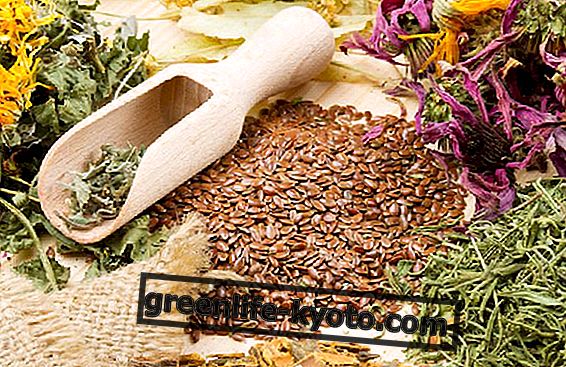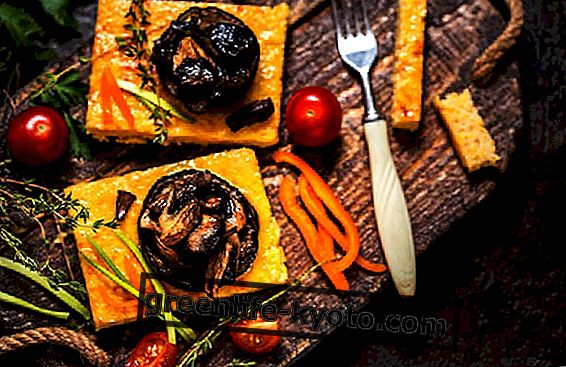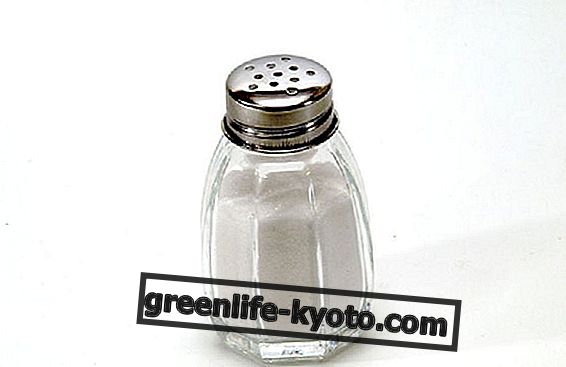
The processing of yellow tea
Yellow tea is a semi-fermented green tea, which follows a very slow drying process and with a fermentation process similar to that of green tea, but in closed containers. Yellow tea, which grows in particular areas of China, among the bamboo at the foot of lush waterfalls, is harvested in just 72 hours, to keep the natural fragrance of the young shoots intact. The leaves, after having been roasted and rolled, undergo a particular process: they are covered with a damp fabric and are superimposed on each other, forming small heaps left thus for more than twenty hours, at a humidity of 80% or 90 %. They remain like this until they oxidize and then undergo a short drying process which gives the tea a yellowish color when it is infused. This is the same procedure used for high quality green teas. 50, 000 young shoots are needed to make one kilogram of yellow tea.
The names of yellow tea
The two most important types of yellow tea are Yun Shan Yin Zhen and Wanxi Huang Da Cha. Other qualities of yellow tea include: Kekecha, Yellow Needle Yunnan, Mengding Huang Ya, Huashan Huang Ya, Beigang Mao Jian, Luyuan Mao Jian, Wenzhou Huang Tang.
The origin of the yellow tea
The origin of the yellow tea follows very specific areas of China: it goes from the areas of the province of Hunan, to the island of Junshan, in the center of Lake Gongting, up to Huo Shan in Anhui or Meng Ding Shan in Sichuan and still Mo Gan Shan in Zhejiang. The Qing dynasty (1644-1912) knew well how much this tea was prized, so much so as to reserve the tasting to the locals, avoiding to export it abroad. This is why yellow tea is not so well known in Western countries, as in Italy, where there are few shops to have it. In addition, traditional production techniques are being lost, due to too high costs, for which industrial production creeps in, which does not offer the same results, or green tea tends to be preferred to tea, which has lower costs. Yellow tea has a unique aroma, fresh and at the same time lightly toasted, sometimes even remembers the taste of melon, chocolate, coffee or hazelnut. Yellow tea keeps the beneficial and healthy substances of white tea and green tea, especially antioxidant substances, eliminating the smell of fresh grass, characteristic of the latter.
Curiosity : yellow tea is called 'the liqueur' by tea lovers

